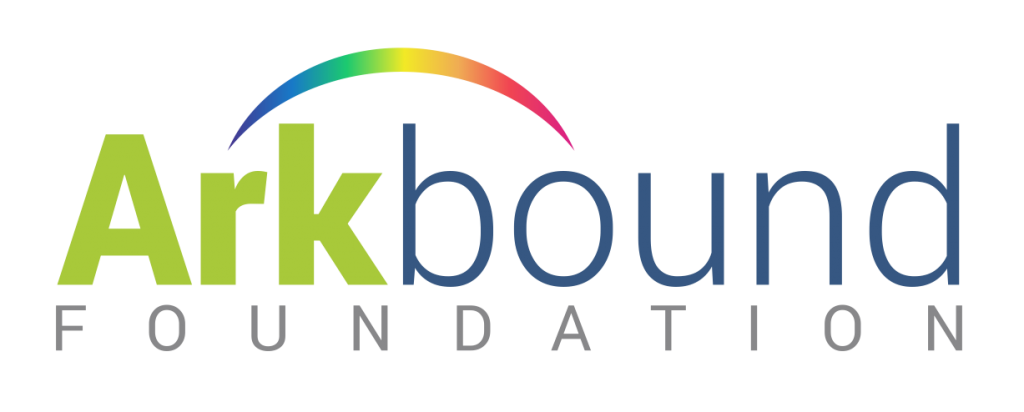Our Stories of Home is a series of works by writers from the NHS Restart Project Writing Group in Bridgeton, Glasgow. As part of Arkbound’s Bridging Divides During the Cost of Living Crisis project in early 2025, one of our authors, John McGlade joined the NHS Restart Project’s long-running Writing Group for two sessions to work with the group on developing a piece of writing on a theme of their choosing. Together, they decided to focus on stories of home and produced some beautiful, personal pieces about places they call home.
Here is Susan’s piece about Glenbranter Village:
Glenbranter Village
Glenbranter forest lies between Lochs Fyne and Eck. Rivers nearby wind, meander, flow and
rage, to eventually reach the seas.
And in the valleys, just off the main road, over a quaint, slightly humpback bridge, nestled
between the sheltering hills, are sixteen semi-detached homes.
Black, creosoted, chalet-like Swedish houses arranged almost in a circle, with the village
green, and an abundance of crab-apple trees in the middle. A human deer trail cuts through
the green in the form of a well-trodden short cut.
The village lies within the borders of Lomond and Trossachs National Park, with protected
land, heritage sites, and pure forest grown for cultivation.
One of the main changes in the landscape (not related to seasons), are when furry, spiky
pines are cut to leave the hill bare; new roads cut in a swathe by big machinery- chainsaws,
winches, lorries, forwarders, harversters.
We moved to Glenbranter when I was five or six, my brother three or four. Our parents
were in their late 20s. That first year, the house was all naked floorboards, and a heavy calor
gas heater, which had three bars of heat: one, two or three?
The TV was also chinky-and-chanky. With a dial like a radio to change channels, the white
noise between BBC1, BBC2, and ITV. We had no landline telephone. The village had a red
callbox (or payphone), which took coins. One of our games was to call Operator 100 and
hang up.
The garden grass as tall as me! Mum and dad worked day and night in the house, and the
garden, both being young, fit, enthusiastic, green fingered, and in their approach to the
family home, homesteading.
Pots, pans, paintbrushes, rakes and spades helped in the taming of the wild garden, and
gave a warm, homely feel inside. Mum, ever creative and artistic in her approach to décor,
sewing, upcycling and cooking.
Never far from the natural world, we were of it. The fields, rivers, lochs, forests and hills our
playground; the borders as far as our parents’ calls to come home would reach. A dairy
farm, a sheep farm and a beef herd all within a mile or two of home.
Home smelled like leaves, earth, petrichor, flowers, cut grass, fresh washing on a line and
silage from the dairy farm.
The black-and-white, brown-and-white cows would be let out in the field in the spring,
having spent winter in the barn. When they got to the field they would run, skip, and buck
with pure unadulterated joy.
At around 4pm we would hear the farmer give a yodel—
How-wow! How-wow!
And the cows, either instinctively, or as part of their routine and training, would make their
way out of the field and onto the single track road, single file, back to the farm for milking.
The spring had us out— finding places where the frogs had spawned their jelly and tadpoles,
black dots, developing their legs and tails. Sometimes the frogs would spawn in a puddle,
and this would evaporate, leaving the black dots in the jelly turning milky (which meant they
died).
We followed the single track road and the forestry road up to the farm. Our sweets, the
yogurts we would put on our parents’ milk tabs. The milk still got delivered to the doors
every morning. We would drink our yogurts straight from the carton.
If we were allowed, sometimes the farmer would let us go to the barn, where the young
calves were housed in stalls with beds of hay. The calves would suck our fingers as if they
were their mothers’ udders. We would talk to them, and pet their heads and ears, not really
understanding why they were not out in the field with the cows or even asking that
question.
Only the sheep farm is still a working farm in 2025.
Crouching down on our haunches in the burn, with a big bucket and a small pale in hand,
watching the water like a heron… intense… a wee minnow darts under a rock! The pale gets
placed in position… the wee minnnow darts into the pale— and is moved to the bucket: four
for today! (It’s a catch-and-release project).
Ivy forest had a huge, white rock in the middle, like a white rose quartz. This was known as
the Kissing Wishing Rock.
Kiss, make a wish…
